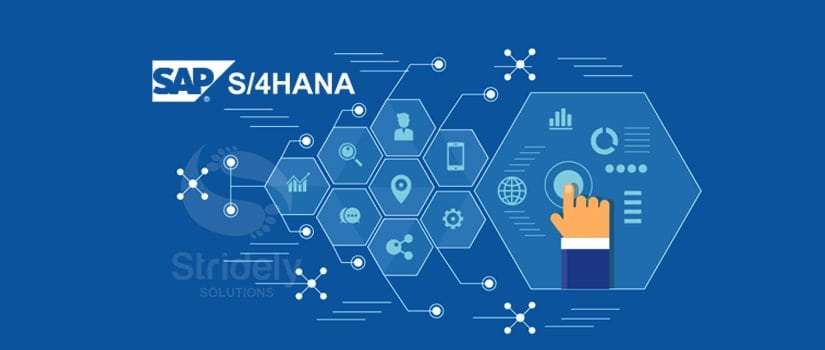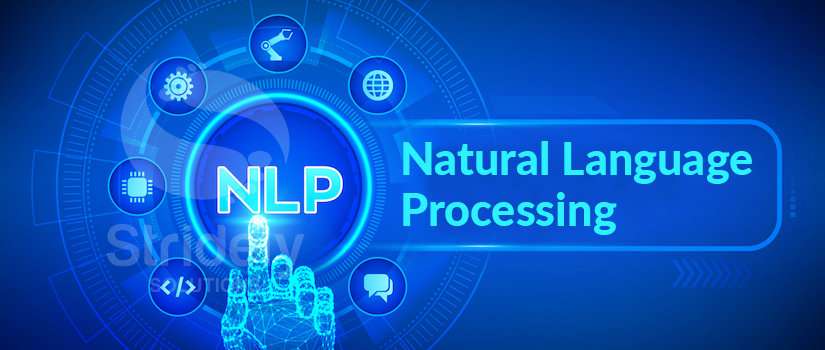What makes ASP.NET Core the Best Choice for Ultra-Advanced Banking or Finance Web Solution?

Digitization is everywhere. In fact, it has been since the last decade. If this is so, why is it that people are now talking more and more about this? For example, the banking and finance sector wants fully-automated and digitized solutions to serve their customers these days.
Digital Transformation and SAP S/4 HANA – All that you need in this swiftly-changing and competitive world

If you are one of those tech-savvy business professionals or the entrepreneur fascinated by the digital transformation, you might have surely heard about SAP S/4 HANA. It is the recent addition in the SAP family offering the ease to re-imagine business and contribute towards the success of the same.
Natural Language Processing for Manufacturing Industry

Gone are the days when data was considered to be a scrap sitting in your hard drive or maybe the file room, waiting to be disposed of. There has been a dramatic shift from the information age to something that we call as the experience age.
An all-inclusive View of Dynamics 365 and how it helps in Boosting Digital Selling

Digitization has taken the entire business space by storm. More and more organizations are actively marching towards the adoption of digital tools and technologies to streamline their business operations and target their sales better. Keeping this as the core, there has been a massive influx of technologies that guide the process. And one of these is Microsoft Dynamics 365.
How to Utilize Business Process Services and Staff Augmentation Services in Sudden Business Outage Situations Efficiently?

Have you ever wondered what would happen if all of sudden you experience a business outage? Do you have a plan B in mind? If not, the time has come when you need to reconsider your business strategies and devise a plan that will help you sail through the hurdles.

